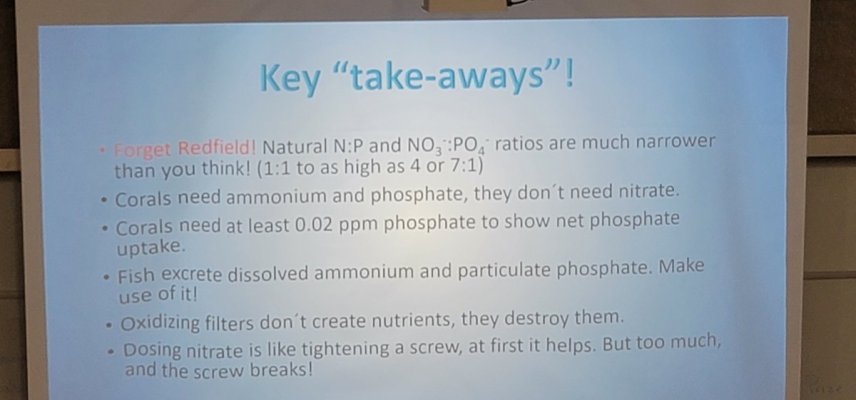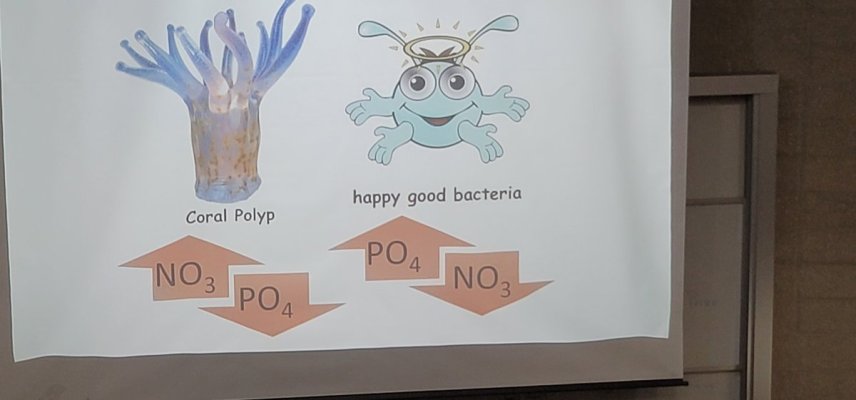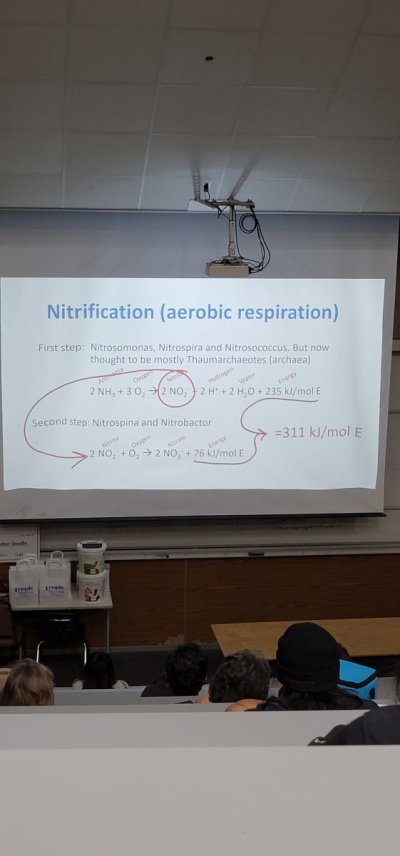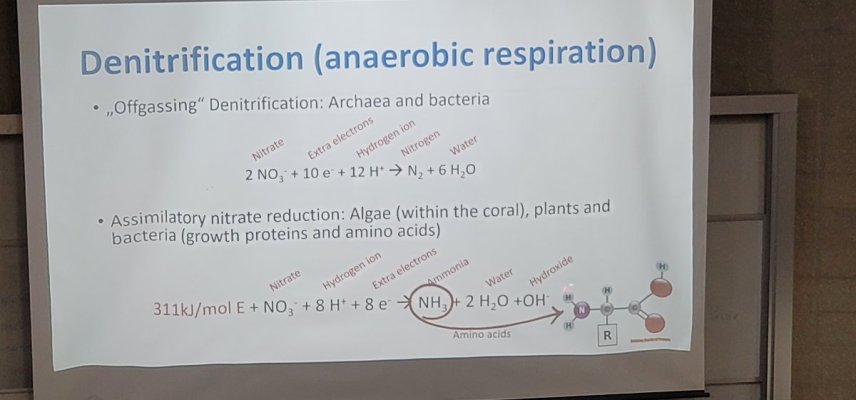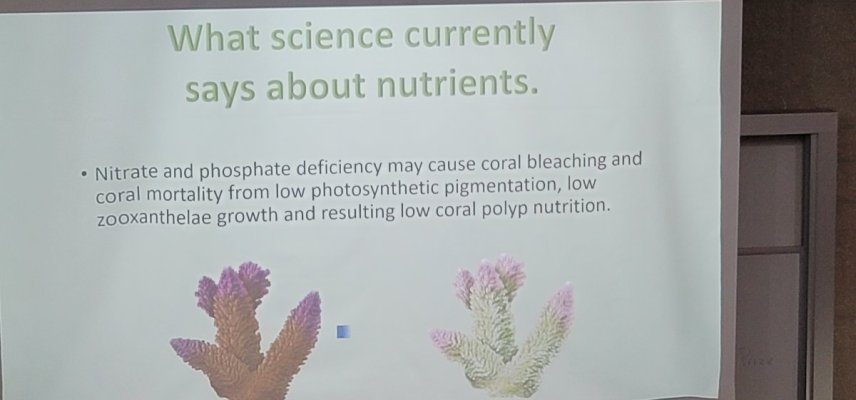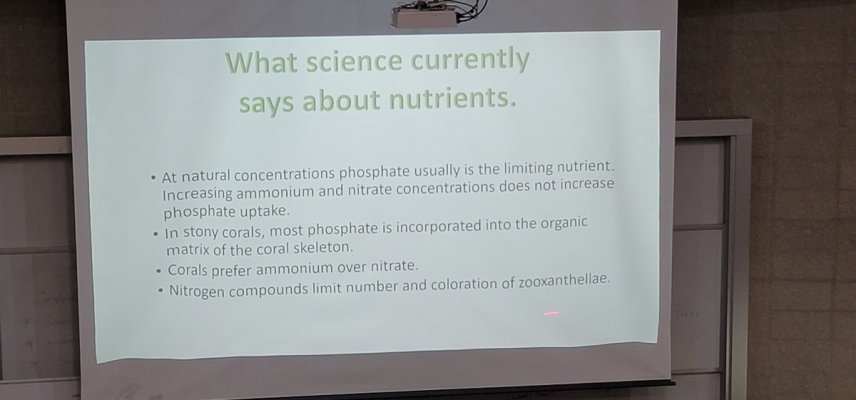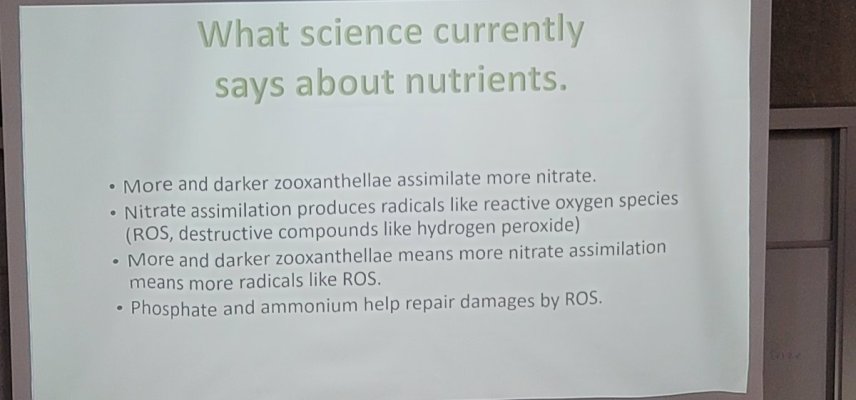I think it’s better to plumb in a separate tank specially for LPS. Not that it can’t be done in an Acro tank, but most do much better in lower light and less flow. I’m about to blow the polyps off mine. I have 6 wave-markers in a 100/G and it’s only 20” tall. Very hard to make everything happy.
Too keep on topic…do you mind providing your nutrient numbers.
Too keep on topic…do you mind providing your nutrient numbers.









